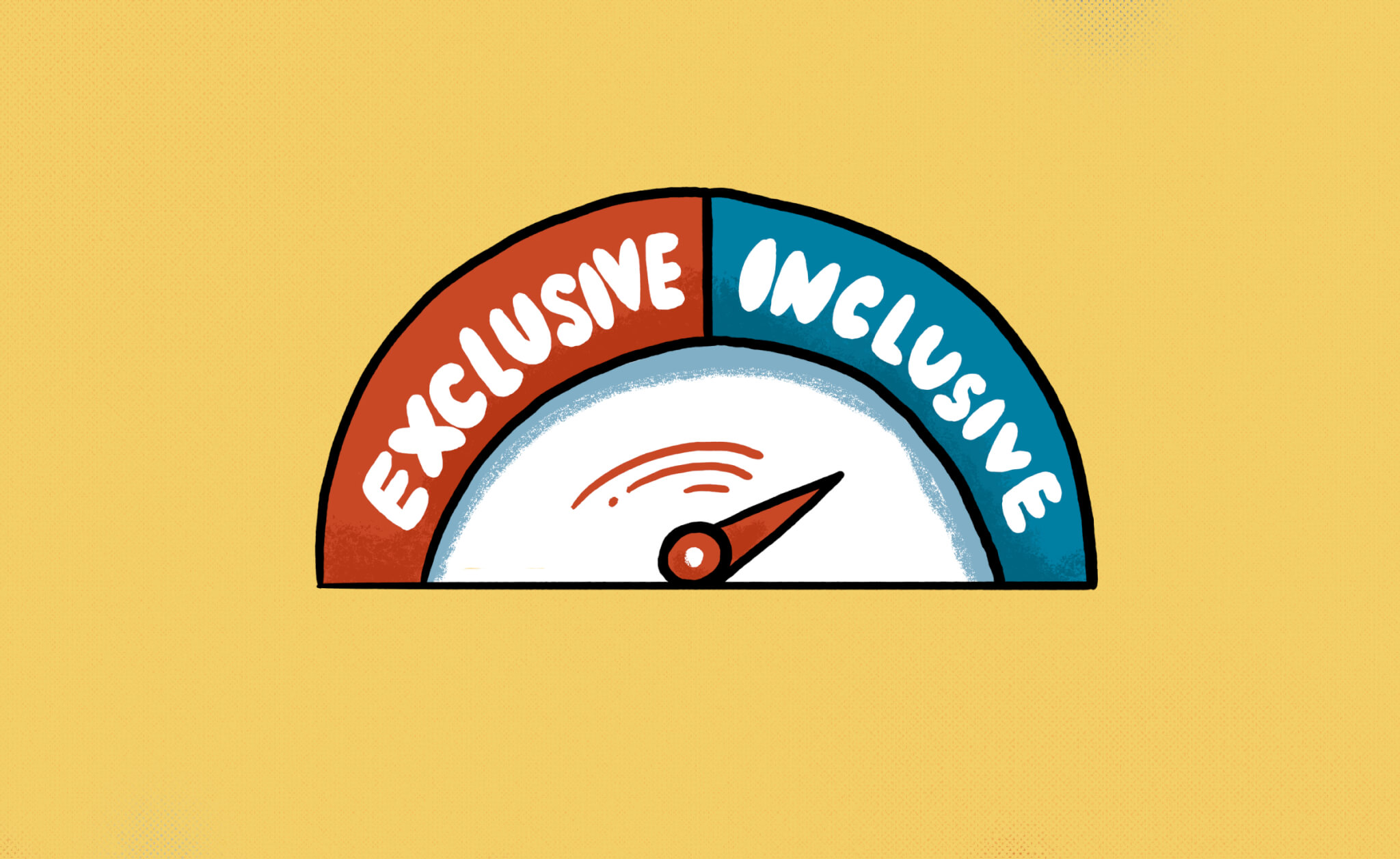Unconscious biases, in part, help make up our tastes and preferences. That said, the ability to unconsciously categorize becomes dangerous when our choices lead to discrimination (whether intended or not). In fact, there are 13 types of biases, and being aware of them can help keep your workplace in tip-top shape. That’s where unconscious bias training comes in.
Is conventional bias training effective long-term?
You’ve probably had to administer conventional bias training programs in the past. Often, this training is a one-off, check-the-box-style approach with the primary aim to develop awareness that we all have unconscious and explicit biases.
Chances are this isn’t a breaking headline, and you were already aware that:
- The way we’re raised
- The media we’re exposed to
- And the society we're around
All at large impact the way we make decisions.
This is where conventional bias training falls short. It’s blunt, unactionable, and isolated from the everyday tasks and decision-making in the modern workplace. Research shows that conventional bias training isn’t all that effective, because simply acknowledging an issue isn’t the same thing as solving it.
In fact, when conventional bias training stops at awareness, there can be a backlash. When people are taught that their biases are beyond their control, it doesn’t inspire much motivation to, you know, change them.
The same way you’d question the effectiveness of an arborist who says, “Your trees are rotting,” and then drives away in their hybrid, you should question a training that says “We all have unconscious bias” and leaves it at that.
3 ingredients that make up effective bias training
We know that forms of unconscious bias can negatively impact everything from recruiting to our daily working environment, and research shows that our biases can be changed. But in order for that to happen, we need our training to do more than point at the problem. We need solutions. Fear not — unlike the lazy tree assessor, we’re here to get to the root of the issue.

1. Effective bias training reflects today’s workplaces
Effective bias training takes an integrative approach to reveal discriminatory behavior in everyday workplace processes. According to Harvard Business Review, “The most effective UB training… gives [attendees] information that contradicts stereotypes and allows them to connect with people whose experiences are different from theirs. And it’s not just a one-time education session; it entails a longer journey and structural changes to policies and operations — like the standardization of hiring processes, the elimination of self-assessments from performance reviews, and the institution of incentives for improving diversity.”
When unconscious biases are left unchecked, they can reinforce or even form systemic biases because of how easy it is for implicit biases to fly under the radar. An integrated approach to training helps employees understand that unconscious biases aren’t uncontrollable, evil, and separate from their professional decision-making, but rather an underlying behavior that can and should be addressed in everyday, workplace processes like hiring, promoting, mentoring, and providing feedback.
2. Effective bias training is actionable
Effective bias training should be the starting point for an action plan. According to a survey of 500 working Americans conducted by Harvard Business Review, only 10% of training programs provided strategies for reducing bias. Instead, most covered the science behind unconscious bias and how it can cause problematic discrimination.
Cut to us waving down our arborist yelling, “Wait! What should I do to heal rotting roots?!”
An effective bias training won’t leave your team in the dust of a hybrid vehicle; instead, it will provide next steps.
For example: maybe you’re getting ready for performance reviews. Conventional training might leave your managers nervous that they’ll misspeak, or feel helpless against what they’re told is a deeply ingrained, universal problem … while an effective bias training would have left your managers empowered to deliver equitable feedback to their direct reports.

If those managers have taken effective training, maybe they would have:
- Realized their feedback form needs standardizing
- Reflected on why they sometimes were more lenient with certain team members and tougher on others
- Sought the assistance of HR to make sure the wording in their review was effective and free from gender bias
These positive steps forward represent not just an acknowledgment of unconscious biases but a learning opportunity — teaching employees where biases crop up (that flora metaphor is the gift that keeps giving!) and how to tend to them with actionable tips and takeaways.
3. Effective bias training gets specific
We’ve been using the terms “unconscious bias” and “bias” fairly generally, but the truth is that there are several kinds of biases that can have individual and specific effects on workplace culture.
For example, maybe you’re seeing that all the recent promotions on the sales team went to members of the company’s fantasy football league (which the VP of Sales happens to run). That could be an instance of affinity bias.
Or perhaps you’ve noticed that the newest marketing team member consistently waits to contribute to the conversation until senior members of the team have voiced an opinion. That might be conformity bias at play.
Bias affects us all, but it doesn’t affect us all the same so an effective unconscious bias training course should raise awareness of the many forms that bias can take. When we become more adept at identifying different kinds of bias at play, we can create a more inclusive workplace.
How can we tell when bias training in the workplace is effective?
- The workplace sees systemic changes, including retention of employees from a variety of backgrounds and identities
- Employees engage with the training and apply those skills toward behavior changes
- Employees feel more included at work
- Administering the training is pain-free and doesn’t require frequent follow-up to get that coveted 100% completion rate
- There is company buy-in, and the training isn’t completed solely by those already keenly aware of the issues
- Conversations around equity and fairness are more open and often lead to action
What is Ethena’s best-in-class approach to workplace bias training?
You won’t find Ethena separating bias training into its own lane. We cover bias in a number of our courses, including Harassment Prevention; Diversity, Equity, and Inclusion (DEI); and Hiring & Interviewing.
By tackling bias in several courses, we provide an integrative approach. Employees will not only recognize scenarios from their everyday decision-making, but will also leave each of our courses armed with actionable steps for rooting out bias in their own workplaces and processes.
Our content is specific, engaging, research-based, and learners consistently give it an A. (That’s right, we have over 1 million positive reviews for our trainings. Not only that, but we've also designed your experience as the administrator to be seamless and pain-free. We typically save admins 145/hours a year thanks to automating your training reminders, our software integrations, and other time-saving tools.
But hey, we’re biased, so why don’t you see for yourself.
Tired of training with no results? Let's talk! Or if you want do more research, request a sample Ethena training to see what all the fuss is about!











